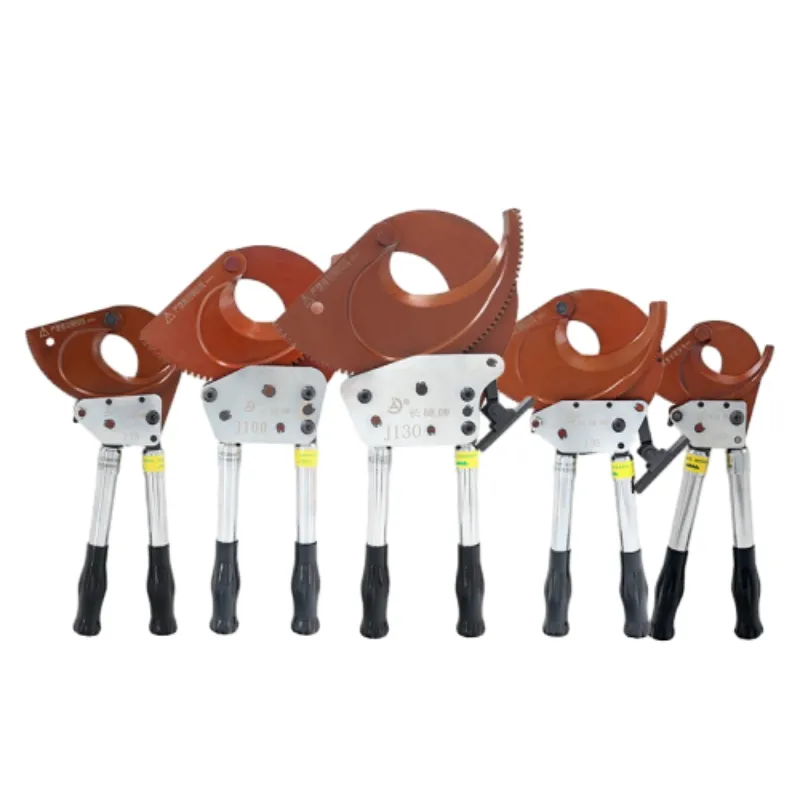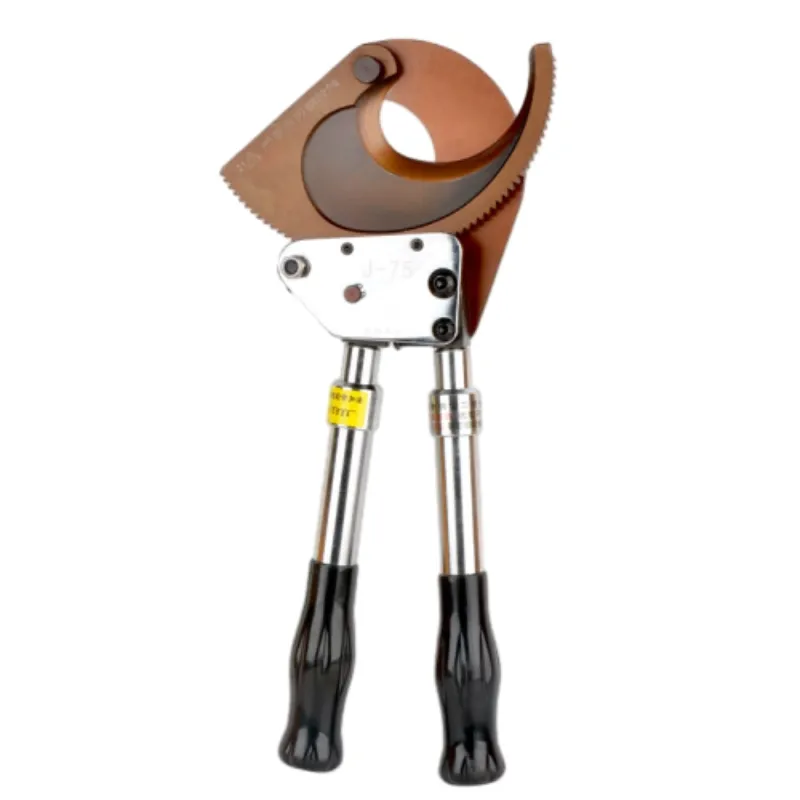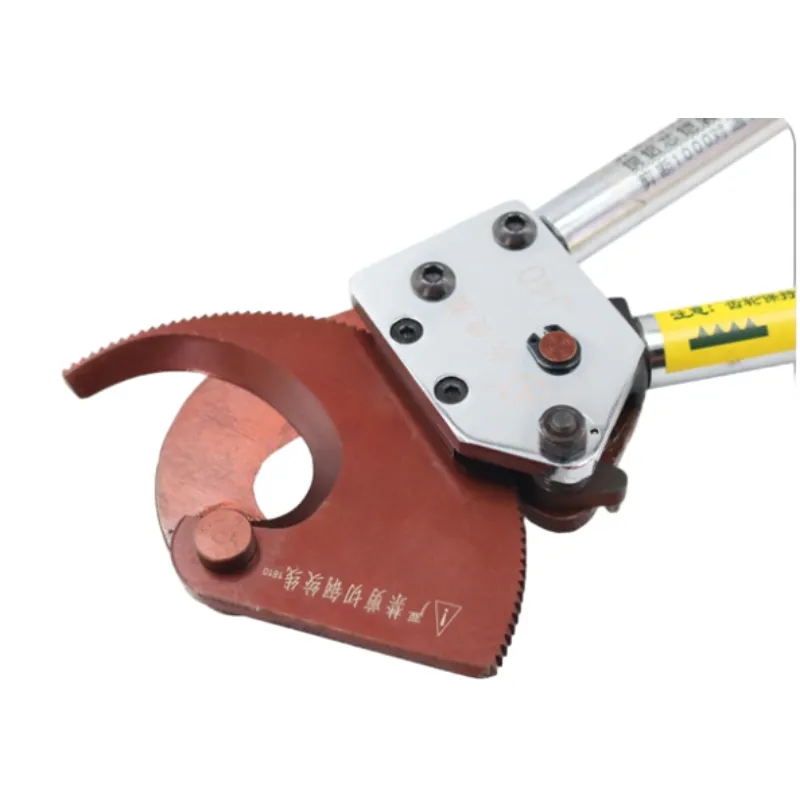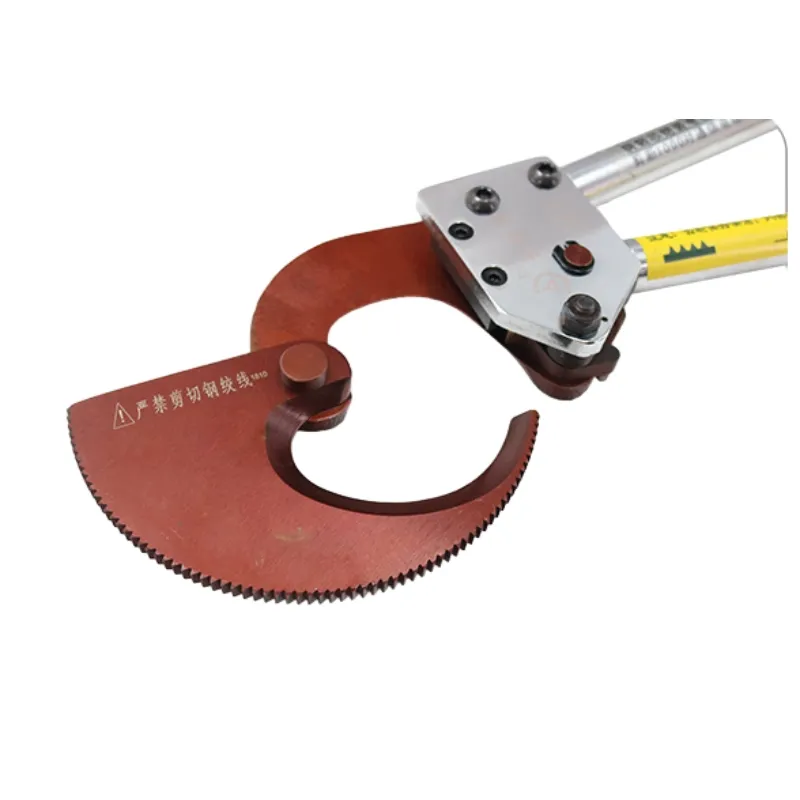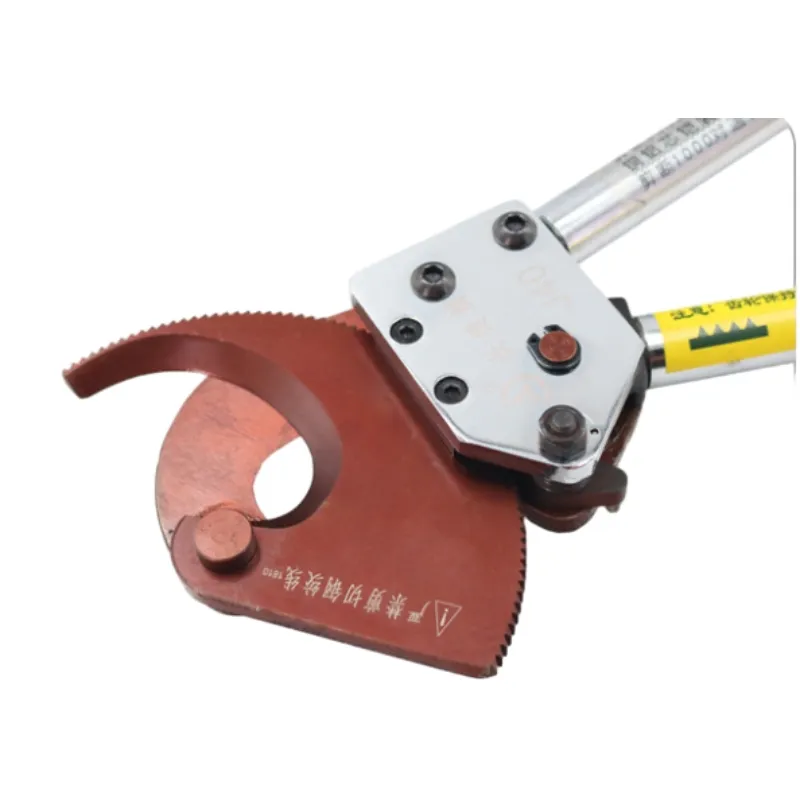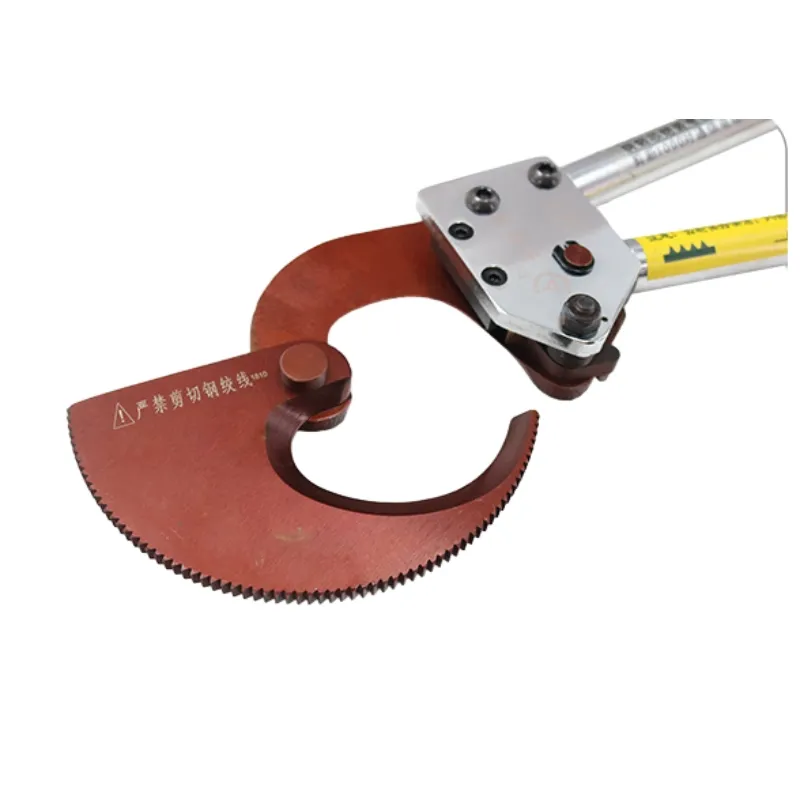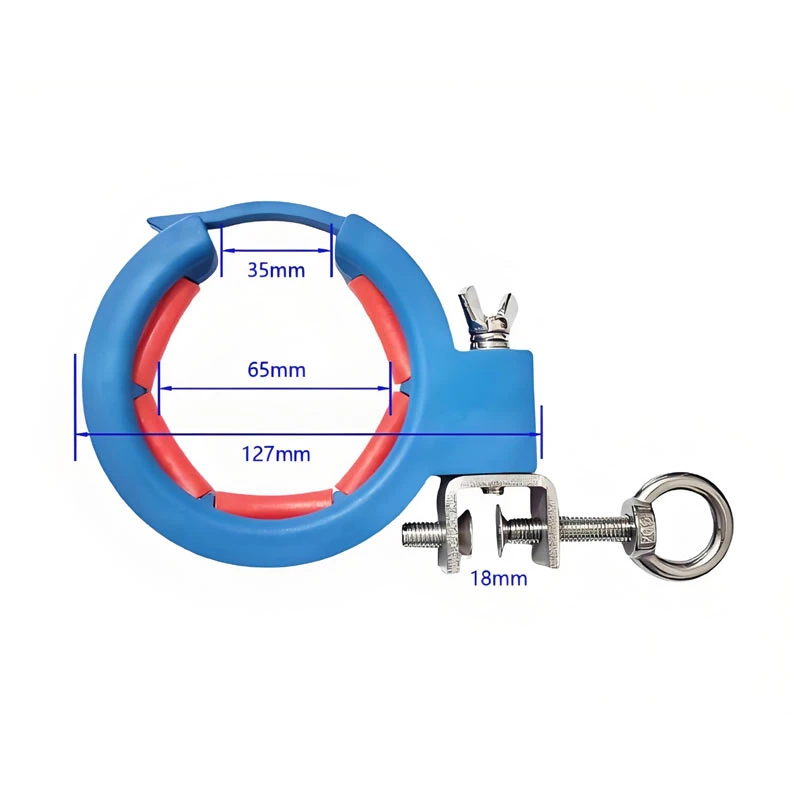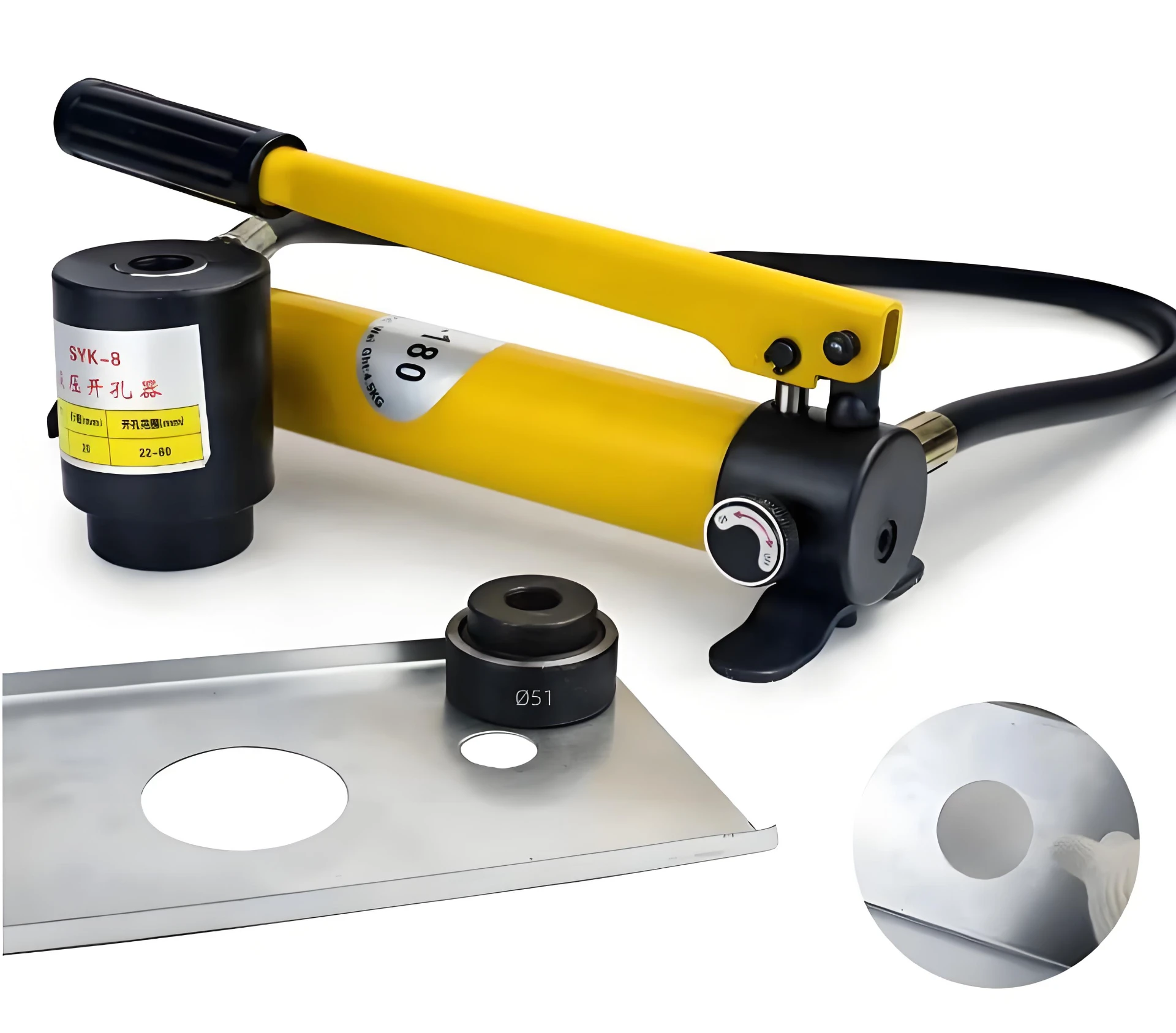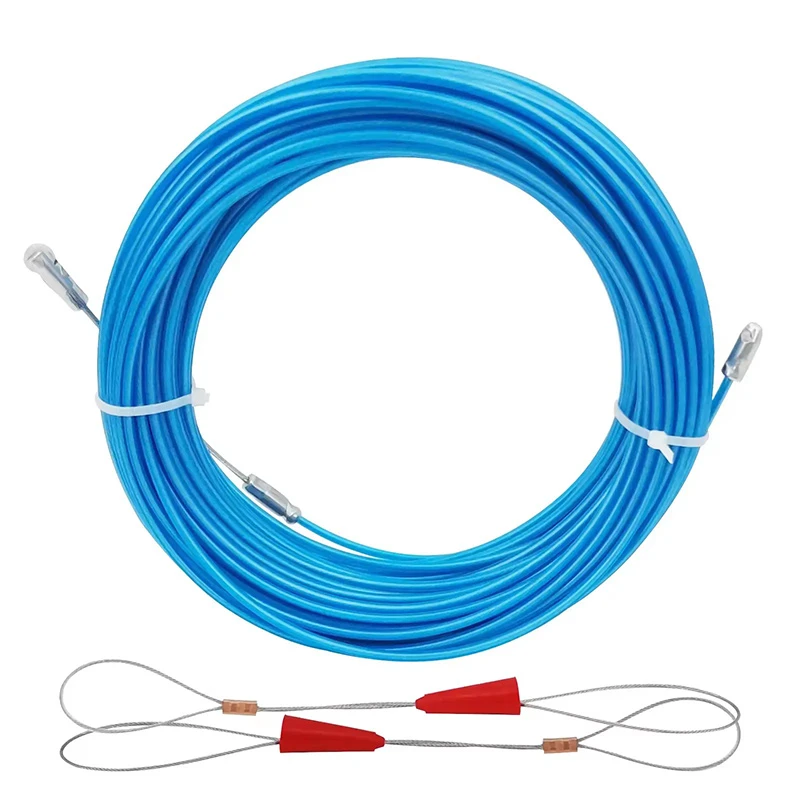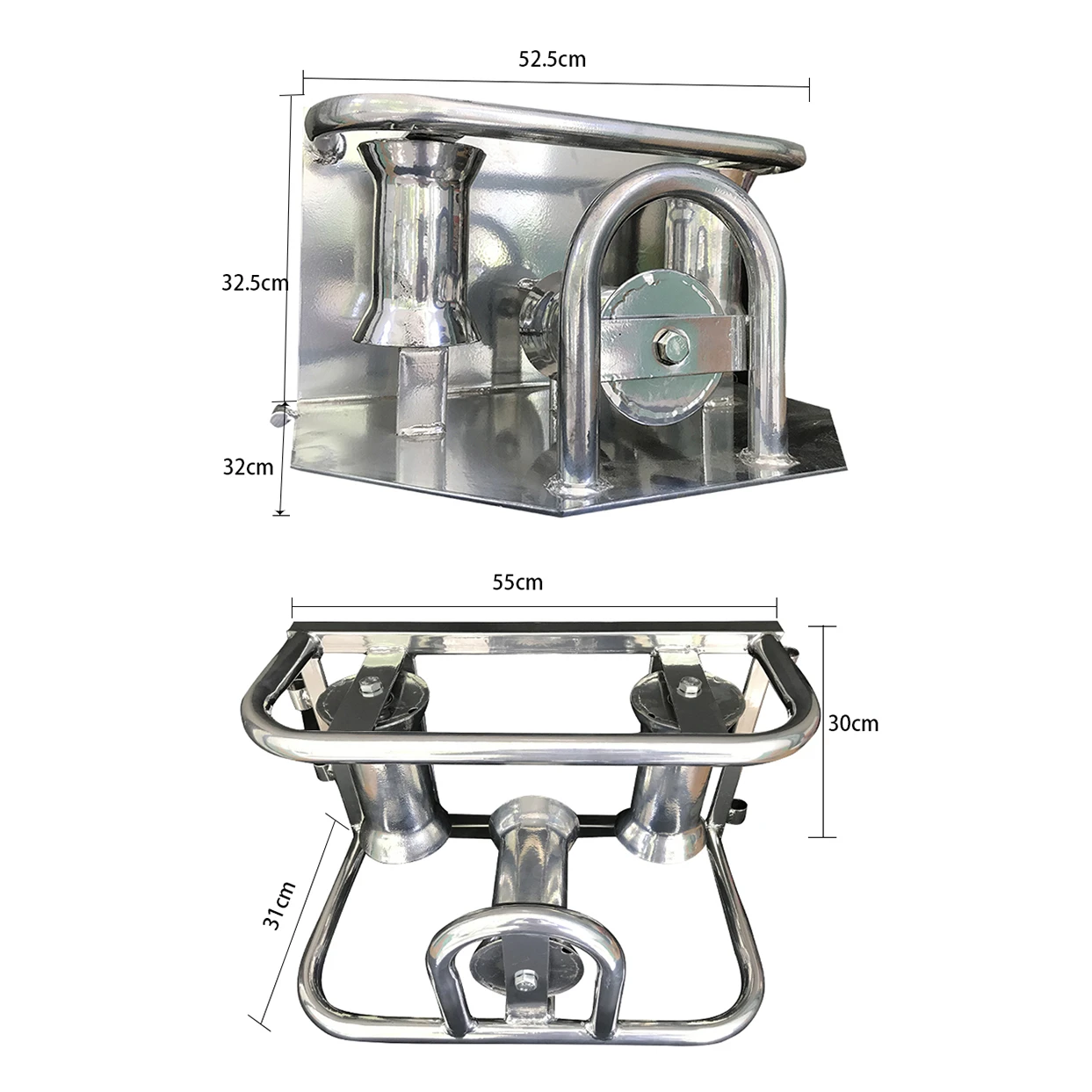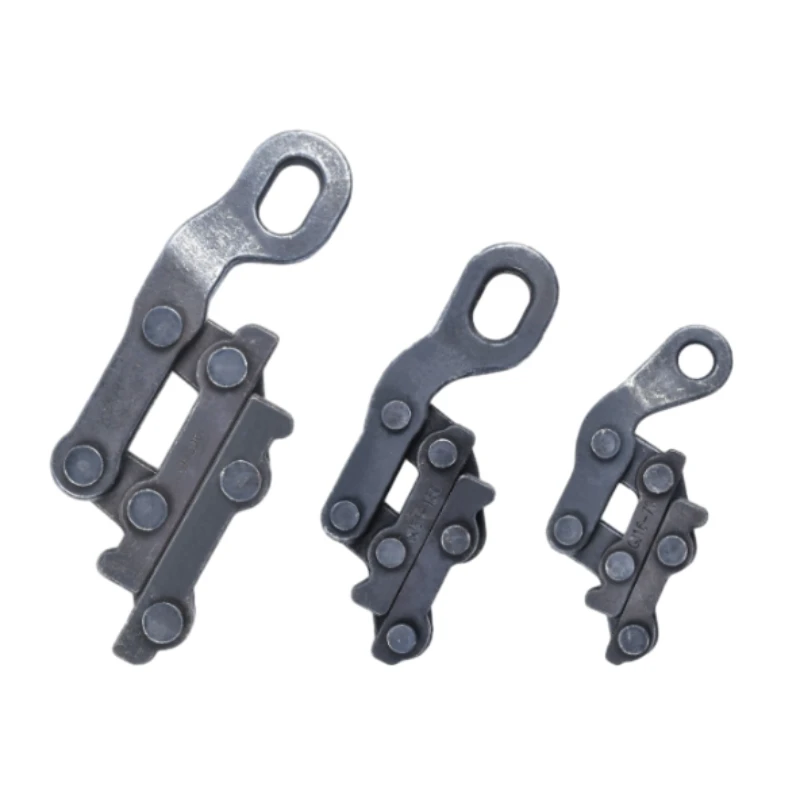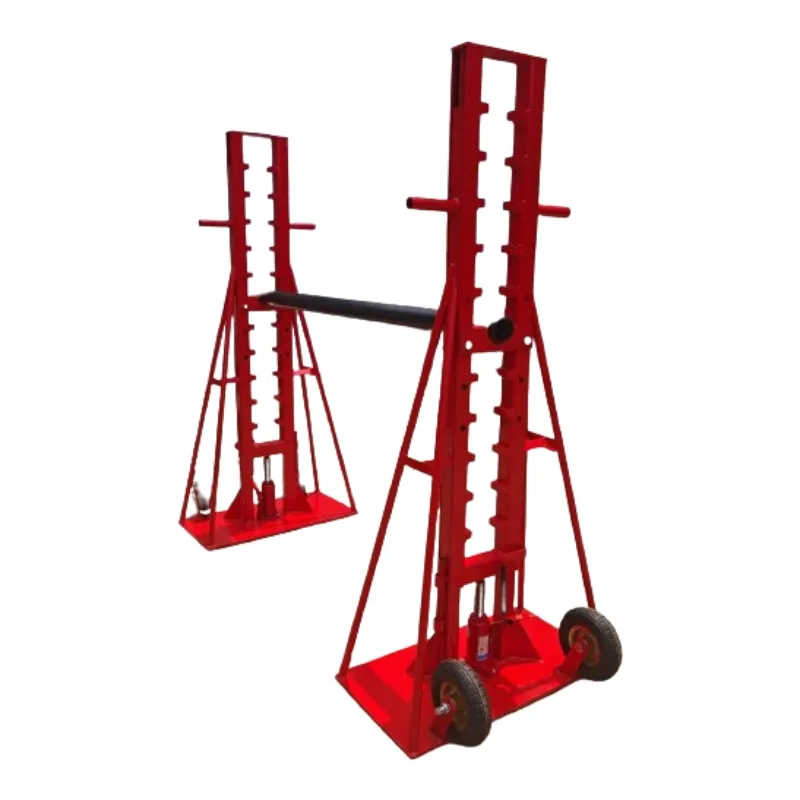- 1. Mata koi
- he mea hanga ki te rauemi rino o te puna, he atete ki te waikura, te waikura, me te roa o te mahi
- 2. Nga taputapu pakeke teitei
- te tukanga tinei auau teitei, te whakamahi pumau, te whakarereke kore utu, me te pai o te mahi
- 3. Te kakau hiko
- he mea hanga mai i te koranu rino kiato tiketike, he mea hanga ki te mea pakeke me te kore e ngawari ki te piko
- 4. Ko te kakau telescopic kore utu mo te whakamahi maha, he nui ake te penapena mahi, te pai, me te watea ki te kawe
- 5. Te kakau kiriweti
- kore-conductive, mahi haumaru

|
Nama take |
Rahi (mm) |
Taumaha(kg) |
Taupānga |
Kakau |
|
J40 |
346*120*38 |
1.15 |
Te tapahi i te parahi, te konumohe ranei te taura patu i raro i te 30mm; 300mm2 |
/ |
|
J52 |
397(568)*165*54 |
3.1 |
Te tapahi i te parahi, te konumohe ranei te taura patu i raro iho i te 50mm |
Ka taea te tango |
|
J75 |
416(587)*200*55 |
3.5 |
Te tapahi i te parahi, i te konumohe ranei te taura patu i raro iho i te 75mm |
Ka taea te tango |
|
J95 |
446(620)*248*55 |
5.7 |
Te tapahi i te parahi, te konumohe ranei te taura patu i raro i te 95mm, 3 * 185mm2 |
Ka taea te tango |
|
J100 |
482(655)*270*59 |
6.5 |
Te tapahi i te parahi, te konumohe ranei te taura patu i raro i te 100mm; 3*300mm2 |
Ka taea te tango |
|
J130 |
524(693)*328*59 |
8.7 |
Te tapahi i te taura parahi, te konumohe ranei i raro i te dia 130mm; |
Ka taea te tango |
|
Ka tino whakakorehia te tapahi i te whenu rino, te matua rino, te whenu konumohe, me nga momo taura maitai katoa. |
||||
- 1. I muri i te whakamahi i te kaitapa taura, ki te puta he aputa nui i waenganui i nga matatahi, wetekina nga whiri, whakatikahia nga mata tae noa ki te uru pai, katahi ka whakamau ano i nga tira.
- 2. Me karo i nga nekehanga tere o te whangai i te wa e kutikuti ana kia kore ai e uru katoa i waenga i nga wira rachete, tera pea ka tihorea nga niho. Me mahi tonu i muri i te rongonga i te tangi "pao" marama.
- 3. Kaua e whakarerea te kaitapahi taura me te kaha nui i te wa e whakamahia ana, e mahi ana ranei.
Precision Cutting Made Easy with Ratchet Cable Cutter
In electrical, telecommunications, and industrial wiring projects, a Ratchet Cable Cutter is an indispensable tool for professionals who need precise, clean cuts on thick cables. Unlike standard cable cutters, the ratchet mechanism allows operators to cut large-diameter cables with minimal effort, reducing hand strain and ensuring accurate results.
The Ratchet Cable Cutter is designed with high-strength steel blades that can slice through copper, aluminum, or multi-strand cables without crushing or deforming them. Its ratcheting action provides mechanical advantage, which means even heavy-duty cables can be cut with controlled incremental pressure. This is especially useful in construction or maintenance sites where precision and safety are critical.
One of the main advantages of using a Ratchet Cable Cutter is safety. The ratchet mechanism allows gradual cutting, reducing the risk of sudden slips that can damage the cable or injure the operator. Additionally, many models feature ergonomic handles with non-slip grips, enhancing comfort during extended use.
The tool is also versatile. It can handle medium to large cables used in power transmission, industrial installations, and telecommunications, making it an essential part of any electrician’s or line worker’s toolkit. By providing clean and precise cuts, the Ratchet Cable Cutter ensures proper cable connections, better conductivity, and reliable long-term performance.
In summary, the Ratchet Cable Cutter is not just a cutting tool—it’s a precision instrument that saves time, reduces effort, and ensures high-quality cable work in various professional settings.
Maintenance and Longevity Tips for Your Ratchet Cable Cutter
A Ratchet Cable Cutter is a precision tool that can last for years if properly maintained. Regular care not only extends the tool’s lifespan but also ensures safe and efficient operation during every cutting task.
Start by keeping the blades clean and free from debris. After each use, wipe down the cutter to remove dust, grease, or small metal fragments. Applying a light oil to the ratchet mechanism and blade joints prevents rust and ensures smooth operation. A well-lubricated Ratchet Cable Cutter allows the ratchet system to function properly, reducing hand strain and improving cutting efficiency.
Inspect the blades regularly for signs of wear or damage. Dull or chipped blades compromise cutting performance and can crush cables instead of slicing them cleanly. Replacing worn blades on time keeps the Ratchet Cable Cutter reliable and precise.
Handle and storage are equally important. Store the cutter in a dry, secure place to prevent accidental damage. Avoid dropping or applying excessive force beyond its rated capacity, as this can damage the ratchet mechanism. Choosing models with ergonomic handles and safety locks also improves longevity and reduces user fatigue.
By following these simple maintenance practices, a Ratchet Cable Cutter remains a dependable tool for electricians, linemen, and industrial workers, ensuring clean, safe, and efficient cable cuts throughout its service life.



















































































































